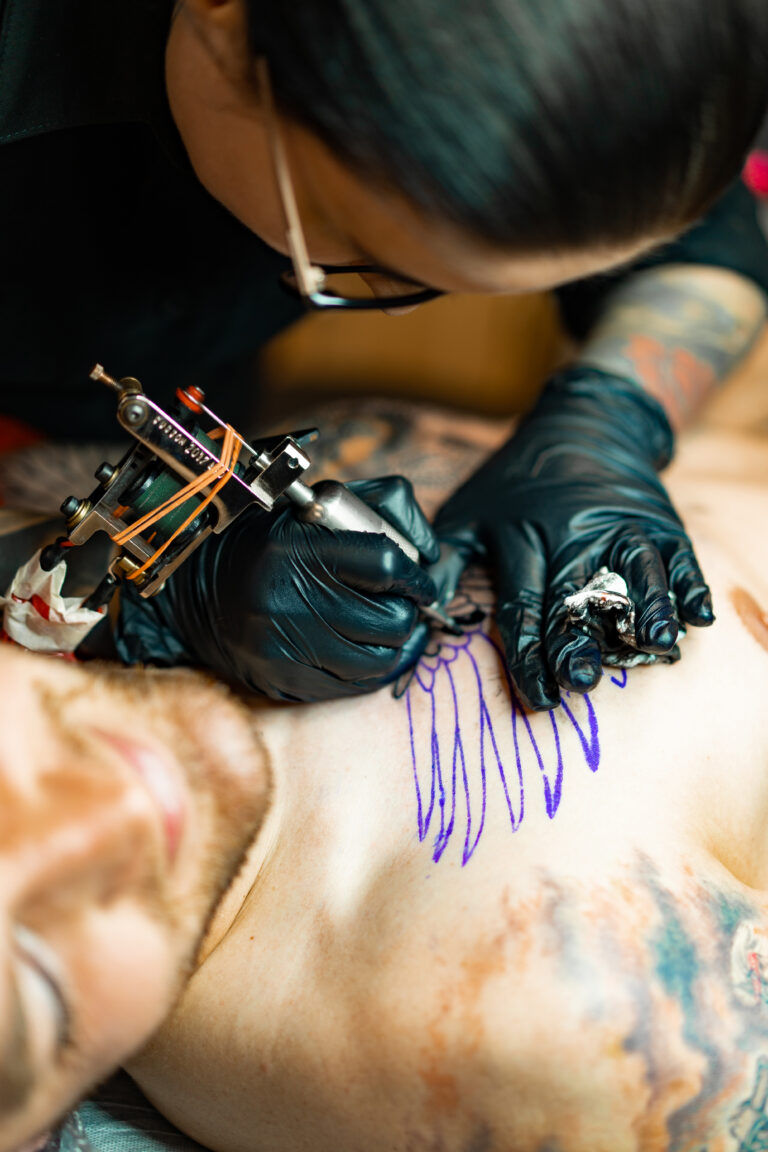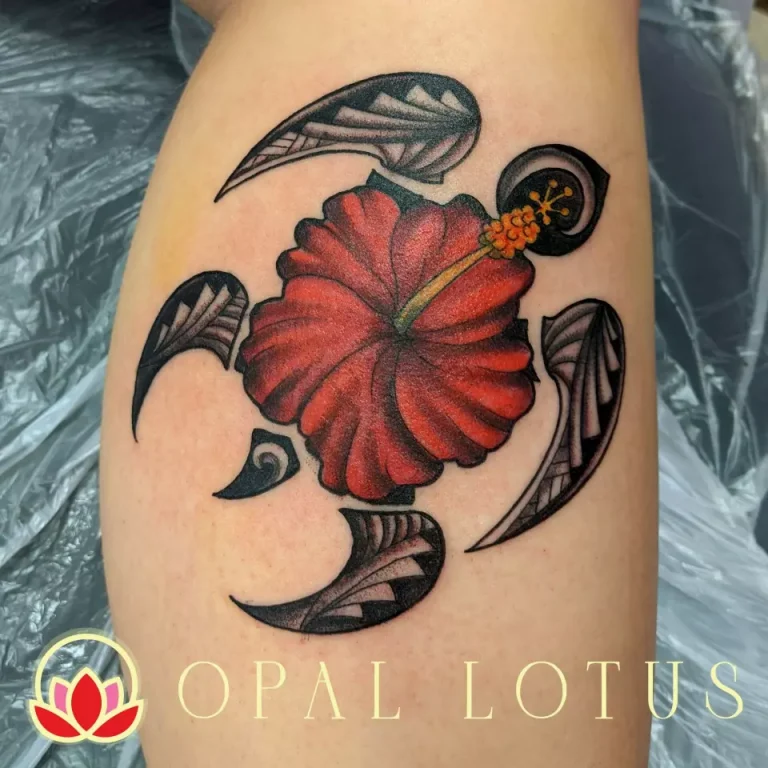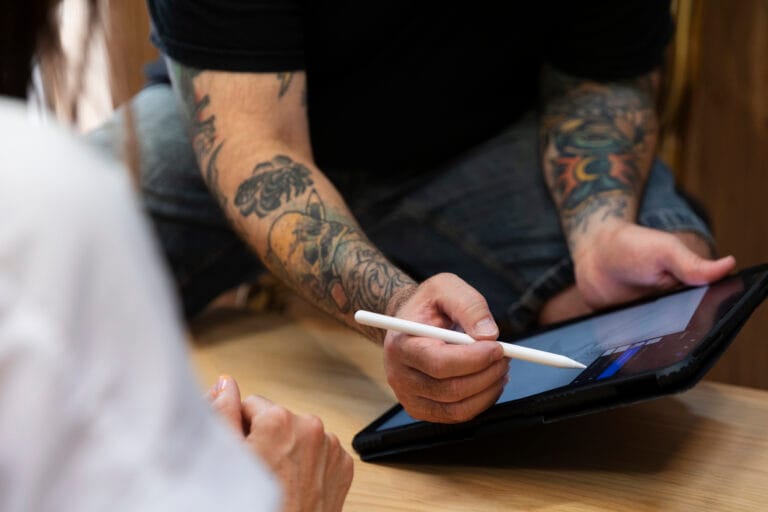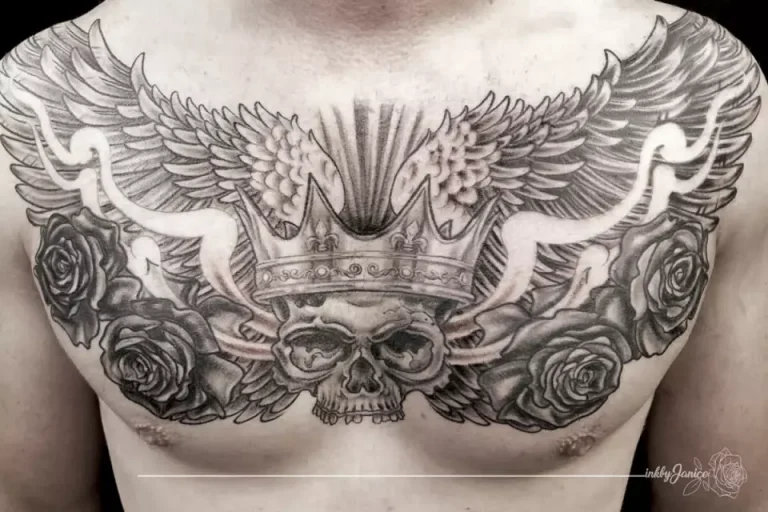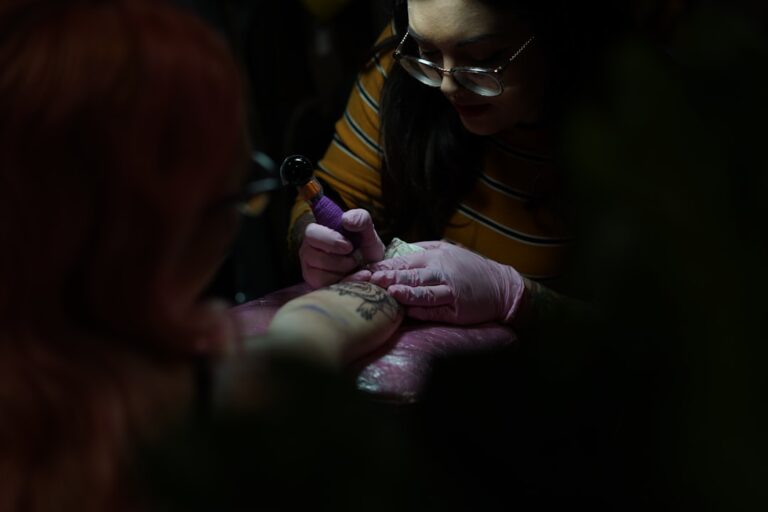The Rise of Minimalist Tattoos
In recent years, the tattoo industry has witnessed a remarkable shift in aesthetic preferences, with the growing popularity of minimalist tattoos. This trend represents a departure from the elaborate, large-scale designs that once dominated the tattoo landscape. Instead, people are increasingly gravitating towards simpler, more understated artwork that conveys meaning with fewer elements.
The appeal of minimalist tattoos lies in their ability to capture the essence of a concept or symbol without the need for intricate details. This approach allows for a more refined and subtle expression of personal style, catering to those who seek a more refined and sophisticated look. The shift towards minimalism has been driven by a desire for tattoos that are versatile in terms of placement and size, allowing individuals to incorporate them seamlessly into their everyday lives.
As this trend continues to gain momentum, it has had a significant impact on the tattoo industry, with artists and clients alike embracing the minimalist aesthetic. The move towards more understated designs reflects a broader cultural shift, where individuals are seeking a sense of balance and simplicity in their lives, and this preference is manifesting in their choice of body art.
Embracing Simplicity: The Appeal of Minimalist Designs
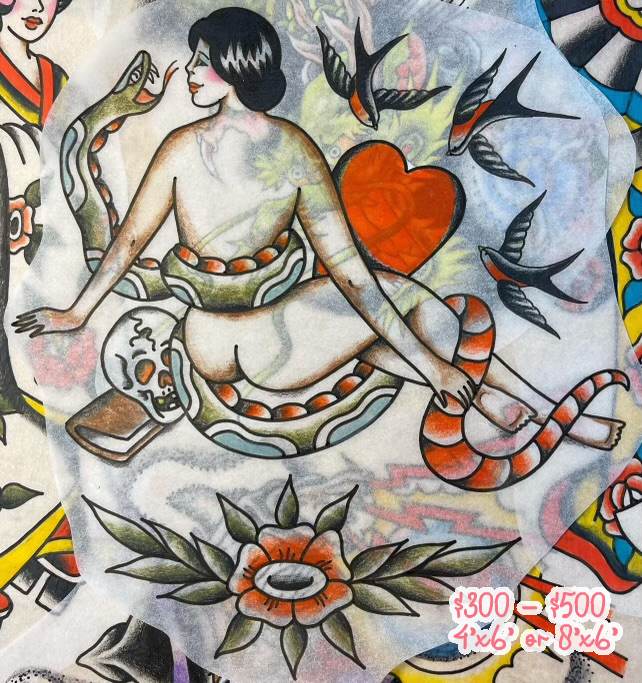
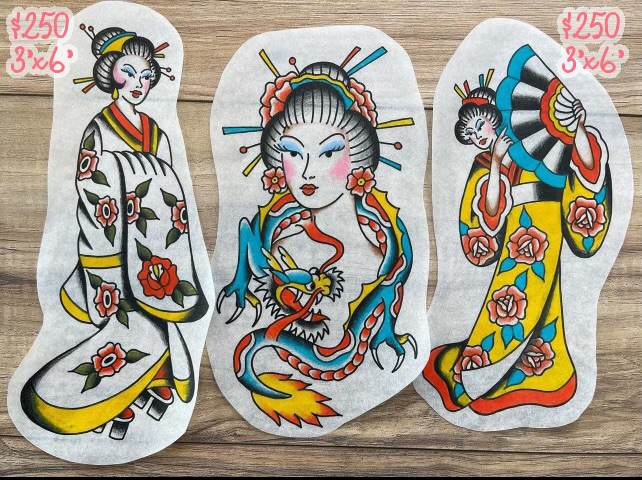
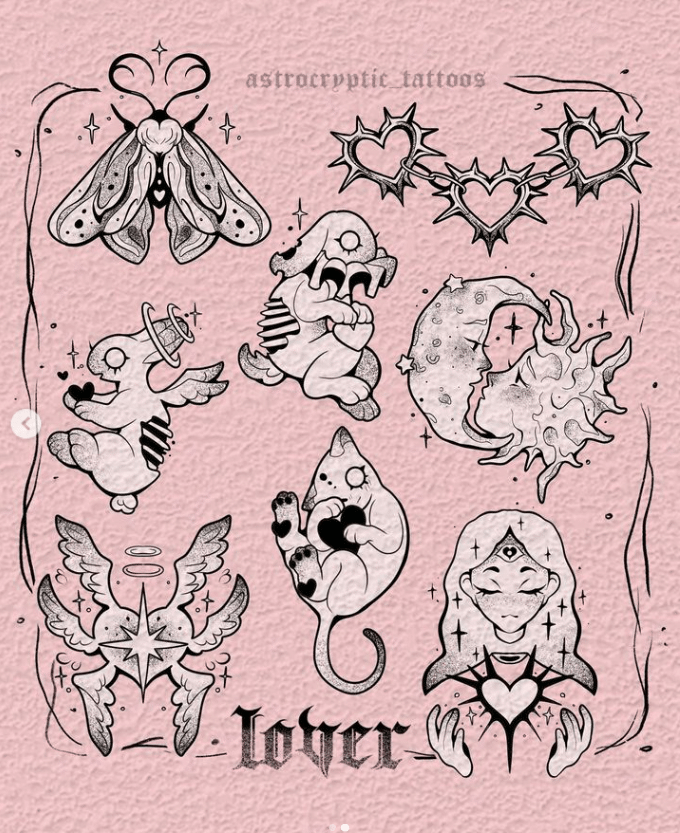
The allure of minimalist tattoos lies in their ability to convey a powerful message with a minimal number of elements. By stripping away the unnecessary details, these tattoos allow the core concept or symbol to take center stage, creating a striking and impactful visual representation. This approach resonates with individuals who value the elegance and sophistication of simplicity, as it enables them to express their personal narratives in a more refined and understated manner.
The versatility of minimalist tattoos is another key factor in their growing popularity. These designs can be easily incorporated into various areas of the body, from delicate placements on the wrist or behind the ear to more prominent locations on the arm or back. Their compact size and streamlined aesthetic make them adaptable to different body types and personal preferences, allowing individuals to personalize their body art in a way that seamlessly integrates with their overall style and lifestyle.
Furthermore, the minimalist tattoo trend has opened up new possibilities for self-expression. Clients are no longer limited to large, elaborate designs that may dominate their physical appearance. Instead, they can opt for smaller, more discreet tattoos that hold deep personal significance, allowing them to express their individuality in a more subtle and meaningful way.
The Shift from Elaborate to Understated
The move towards minimalist tattoos can be attributed to a variety of factors, including a desire for more refined and sophisticated body art. In an era where social media has amplified the visibility of tattoo trends, individuals have become increasingly discerning in their preferences, seeking designs that align with their personal style and values.
The shift away from elaborate, large-scale tattoos reflects a broader cultural shift towards simplicity and minimalism. As people strive for a sense of balance and clarity in their lives, this preference is manifesting in their choice of body art. Minimalist tattoos offer a more understated and refined approach to self-expression, allowing individuals to convey their personal narratives without the need for overly complex or ostentatious designs.
This trend has had a significant impact on the tattoo industry, as artists and studios adapt to the changing preferences of their clients. Tattoo artists are now required to possess a versatile skill set, capable of creating minimalist designs that capture the essence of a concept or symbol with precision and elegance. This shift has also influenced the way tattoo shops market their services, with a greater emphasis on the personalization and customization of minimalist tattoos to cater to the diverse needs and preferences of their clientele.
Exploring the Versatility of Minimalist Tattoos
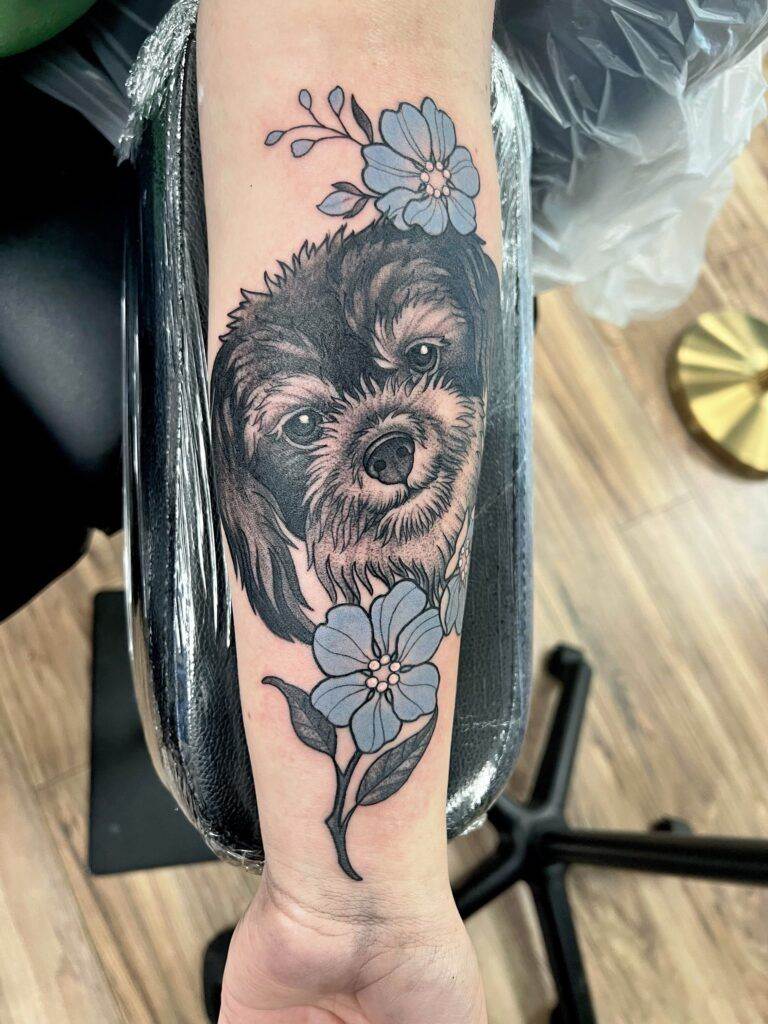
The minimalist tattoo genre encompasses a wide range of styles and motifs, allowing individuals to find designs that resonate with their personal preferences and values. From delicate line work and geometric patterns to simple silhouettes and abstract symbols, the minimalist approach offers a vast array of creative possibilities.
One of the key advantages of minimalist tattoos is their ability to be easily customized and personalized. Clients can work closely with their tattoo artists to incorporate meaningful elements, such as initials, dates, or symbolic imagery, into the design. This level of personalization allows for a deeper connection between the individual and their body art, transforming the tattoo into a unique expression of their identity and experiences.
Furthermore, the versatility of minimalist tattoos extends to their placement on the body. These compact and streamlined designs can be strategically positioned to complement the natural contours of the body, creating a harmonious and visually appealing integration. Whether it’s a delicate wrist tattoo, a subtle behind-the-ear design, or a more prominent placement on the arm or back, minimalist tattoos offer a range of options that cater to individual preferences and lifestyle needs.
The Enduring Popularity of Traditional Tattoo Styles
While the minimalist tattoo trend has gained significant momentum in recent years, the enduring popularity of traditional tattoo styles remains a testament to the rich history and cultural significance of body art. Styles such as American traditional and Japanese-inspired designs continue to captivate both artists and enthusiasts, showcasing the timeless appeal of classic tattoo aesthetics.
These traditional styles, with their bold lines, vibrant colors, and iconic motifs, have long been a staple in the tattoo industry. They represent a connection to the roots of the art form, reflecting the rich cultural heritage and the evolution of tattooing over the centuries. Despite the rise of minimalist designs, the appreciation for these classic tattoo styles has not waned, as they continue to hold a special place in the hearts of many individuals.
Interestingly, the influence of traditional tattoo styles can also be seen in the way they are being reinterpreted and blended with the minimalist approach. Tattoo artists are finding creative ways to merge the bold, iconic elements of traditional designs with the refined and understated aesthetics of minimalism. This fusion of old and new allows for the preservation of the art form’s heritage while also catering to the evolving preferences of contemporary tattoo enthusiasts.
Blending Old and New: The Fusion of Traditions
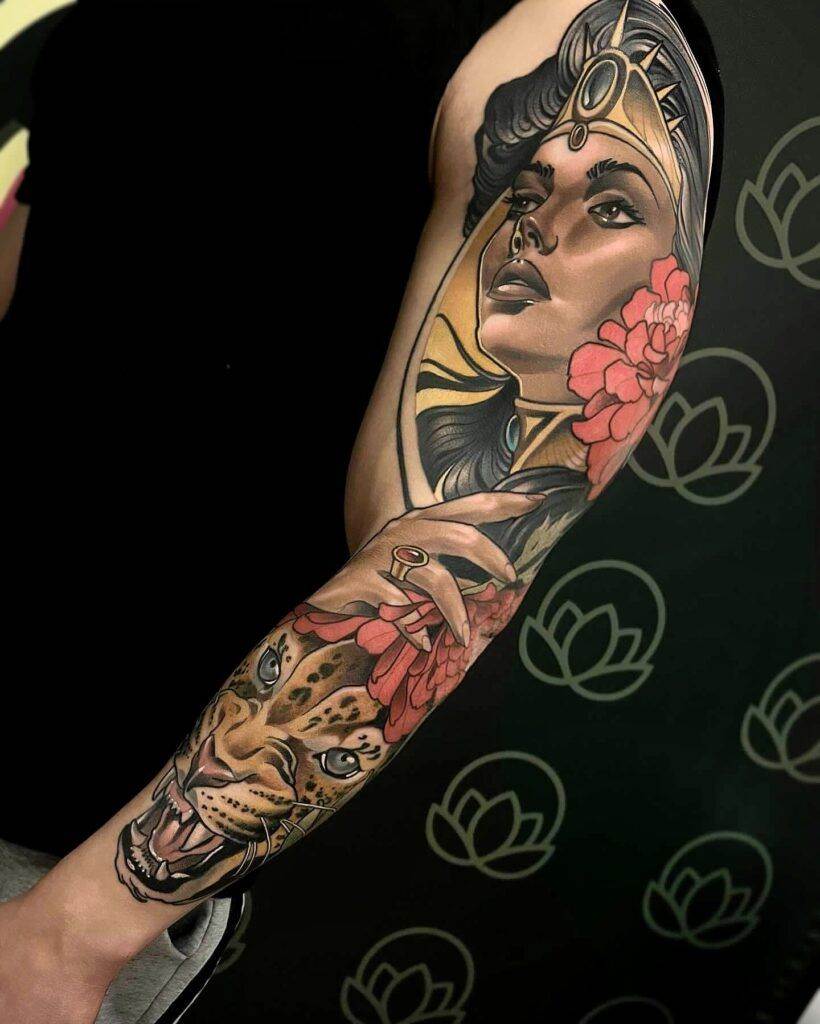
As the tattoo industry continues to evolve, the emergence of hybrid styles that combine elements of minimalism and traditional techniques has become increasingly prevalent. This fusion of old and new represents a creative and innovative approach to body art, where tattoo artists are bridging the gap between classic and contemporary aesthetics.
One such example is the incorporation of traditional Japanese-inspired motifs, such as delicate cherry blossoms or majestic koi fish, into minimalist tattoo designs. By stripping away the intricate details and focusing on the essential elements, these hybrid tattoos capture the essence of the traditional imagery while embracing the refined and understated appeal of minimalism.
Similarly, the blending of American traditional styles with minimalist elements has resulted in a unique and visually striking form of body art. Tattoo artists are reinterpreting the bold, iconic designs of the American traditional genre, such as nautical stars or traditional script, and infusing them with a minimalist sensibility. The result is a harmonious fusion that pays homage to the rich history of tattooing while catering to the contemporary preferences of clients.
This creative interplay between the old and the new reflects the dynamic nature of the tattoo industry, where artists are constantly pushing the boundaries of their craft. By blending the timeless appeal of traditional styles with the modern aesthetics of minimalism, they are creating a new generation of body art that resonates with a diverse range of individuals, bridging the gap between the past and the present.
The Influence of Social Media on Tattoo Trends
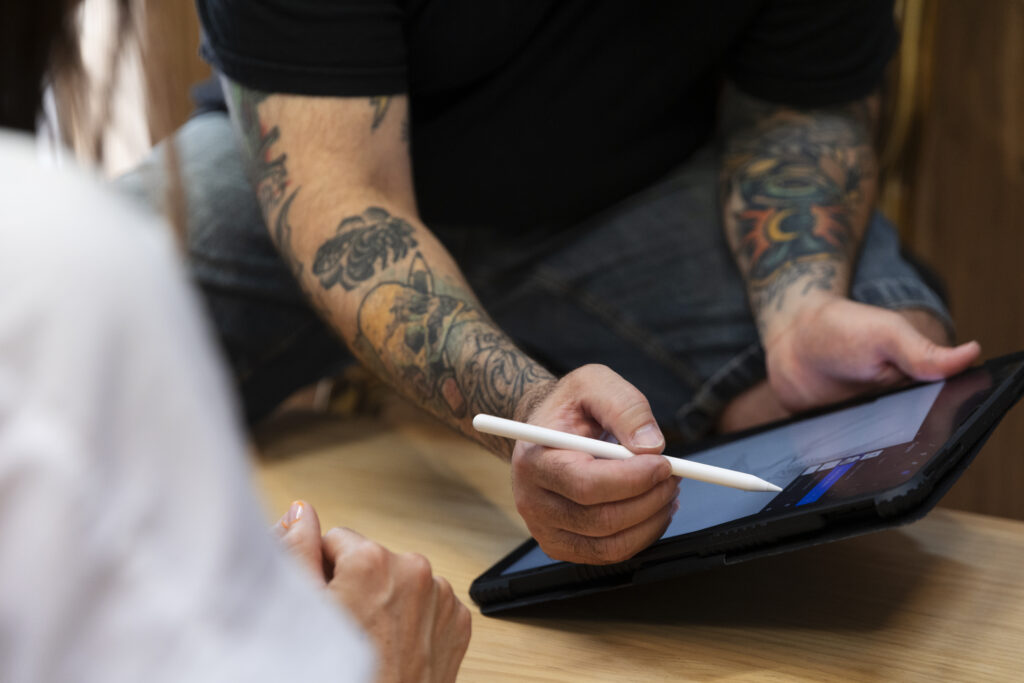
The rapid dissemination and popularization of minimalist tattoo designs can be largely attributed to the rise of social media platforms. These digital spaces have become a powerful tool for tattoo artists to showcase their work, connect with potential clients, and share the latest trends in the industry.
Through platforms like Instagram, Pinterest, and TikTok, minimalist tattoo designs have gained unprecedented visibility, allowing them to reach a global audience. The visual nature of these social media channels has facilitated the easy sharing and discovery of these understated yet impactful tattoos, fueling the growing interest and demand among tattoo enthusiasts.
Furthermore, social media has also played a significant role in the increased accessibility of tattoo artists and their work. Clients can now easily browse through the portfolios of various artists, allowing them to find the perfect match for their desired minimalist tattoo style. This level of transparency and connectivity has empowered individuals to make more informed decisions about their body art, ultimately shaping the evolution of tattoo trends.
The influence of social media extends beyond just the dissemination of tattoo designs. It has also impacted the way tattoo artists and studios market their services, with a greater emphasis on showcasing their minimalist work and catering to the preferences of their digitally-savvy clientele. This shift has led to a more dynamic and responsive tattoo industry, where artists are constantly adapting to the changing trends and preferences of their audience.
The Significance of Minimalist Tattoos in Personal Expression
Minimalist tattoos hold a unique significance in the realm of personal expression, as they allow individuals to convey their narratives and values in a more subtle and refined manner. These understated designs offer a canvas for individuals to explore and communicate their innermost thoughts, emotions, and experiences in a way that is deeply personal and meaningful.
The appeal of minimalist tattoos lies in their ability to transcend the boundaries of mere aesthetics, becoming a powerful tool for self-reflection and identity exploration. By opting for simpler, more minimalist designs, individuals can create a visual representation of their personal journey, capturing the essence of their experiences, beliefs, or aspirations in a concise and impactful way.
Moreover, the minimalist approach to tattoos provides a sense of versatility and adaptability, enabling individuals to express themselves in a manner that aligns with their evolving personal preferences and lifestyle changes. As their priorities and perspectives shift over time, minimalist tattoos can be easily modified or supplemented, allowing for a continuous and dynamic expression of one’s identity.
The significance of minimalist tattoos in personal expression extends beyond the individual, as these designs can also serve as a means of connection and shared understanding. The simplicity and universality of minimalist imagery can resonate with a broader audience, fostering a sense of community and shared experiences among those who have chosen to adorn their bodies with these understated yet powerful forms of body art.
The Future of Tattoo Trends: Balancing Tradition and Modernity
As the tattoo industry continues to evolve, the interplay between traditional and minimalist styles is likely to remain a central focus in the years to come. While the popularity of minimalist tattoos has undoubtedly risen, the enduring appeal of classic tattoo designs suggests that the future of the industry will involve a delicate balance between the old and the new.
Tattoo artists and enthusiasts alike will continue to explore the creative possibilities that arise from the fusion of traditional and minimalist aesthetics. This blending of styles will result in the emergence of innovative hybrid designs that pay homage to the rich history of tattooing while also catering to the contemporary preferences of clients.
Furthermore, the influence of social media and the increasing accessibility of tattoo artists will continue to shape the trajectory of tattoo trends. As digital platforms facilitate the rapid dissemination of new designs and techniques, the industry will likely witness the constant evolution and refinement of both traditional and minimalist styles, as artists strive to push the boundaries of their craft.
Ultimately, the future of tattoo trends will be characterized by a dynamic interplay between the timeless appeal of classic tattoo styles and the allure of minimalist designs. Tattoo enthusiasts will have the opportunity to explore a diverse range of options, allowing them to find body art that not only reflects their personal style but also resonates with their deeper sense of identity and self-expression. As the industry continues to evolve, the balance between tradition and modernity will be a key factor in shaping the ever-changing face of tattoo trends.

